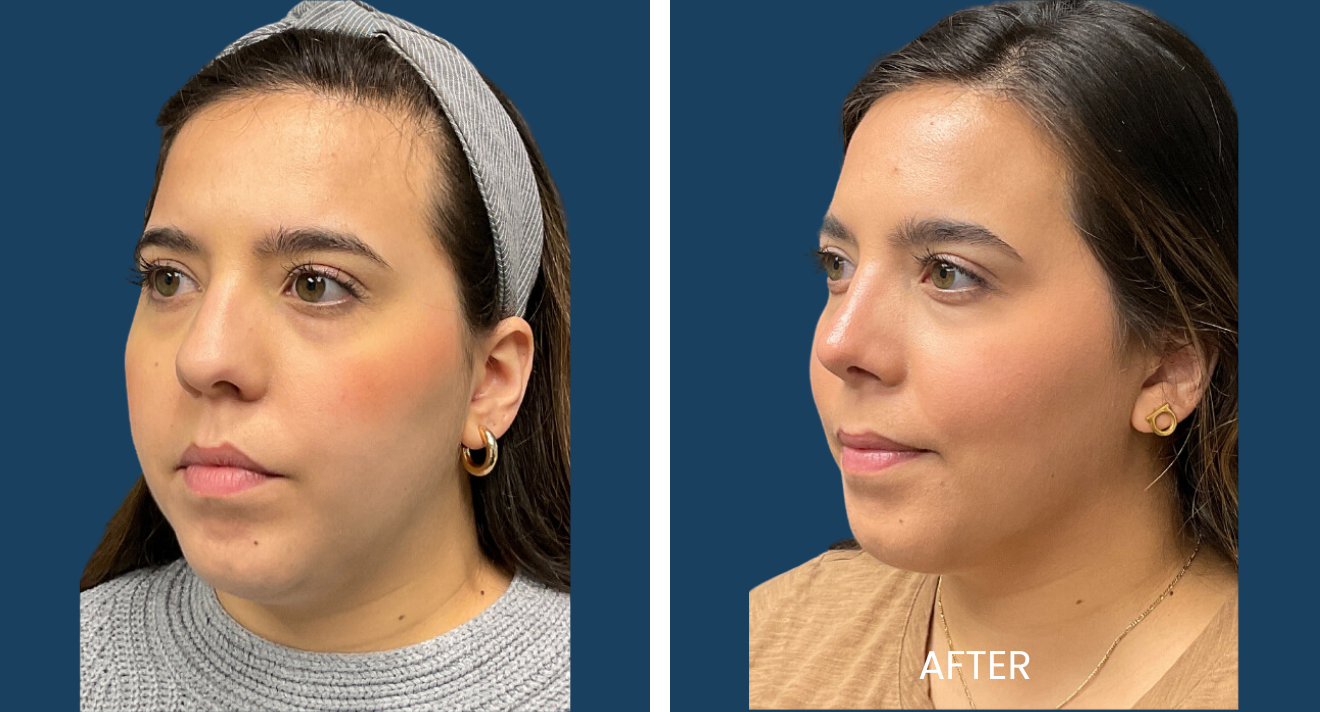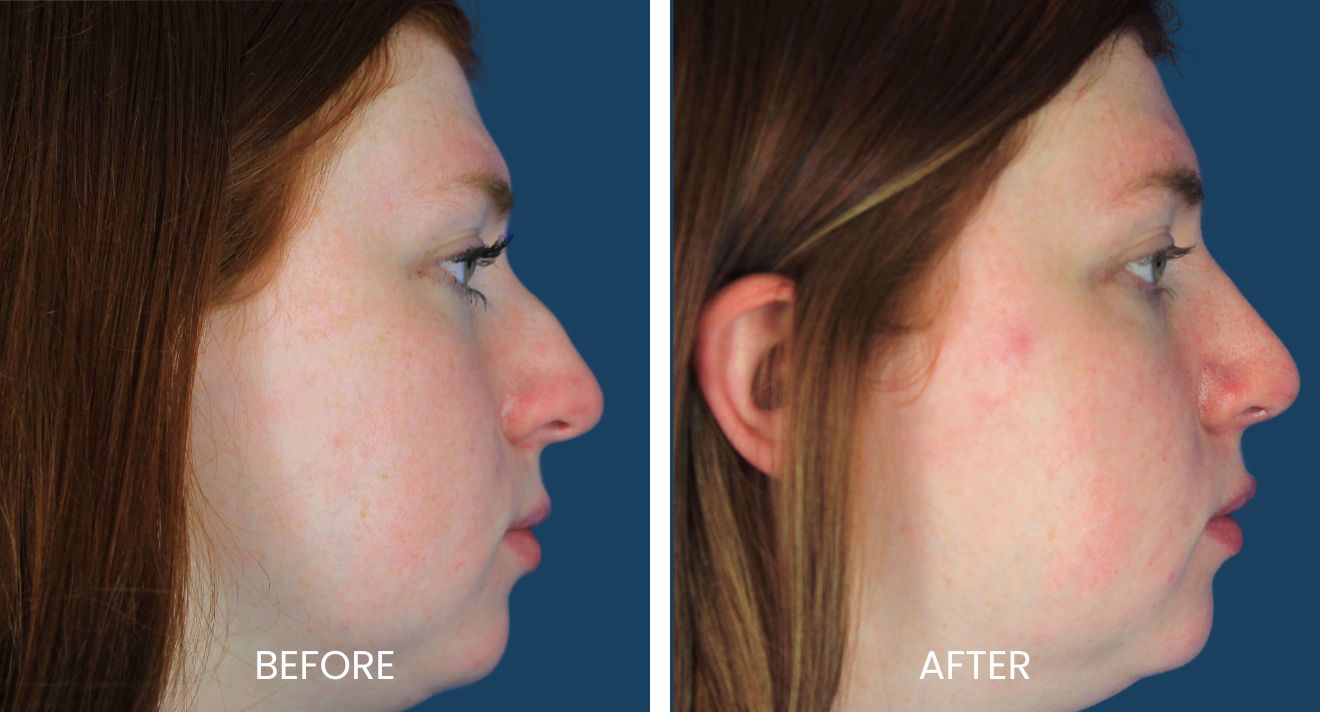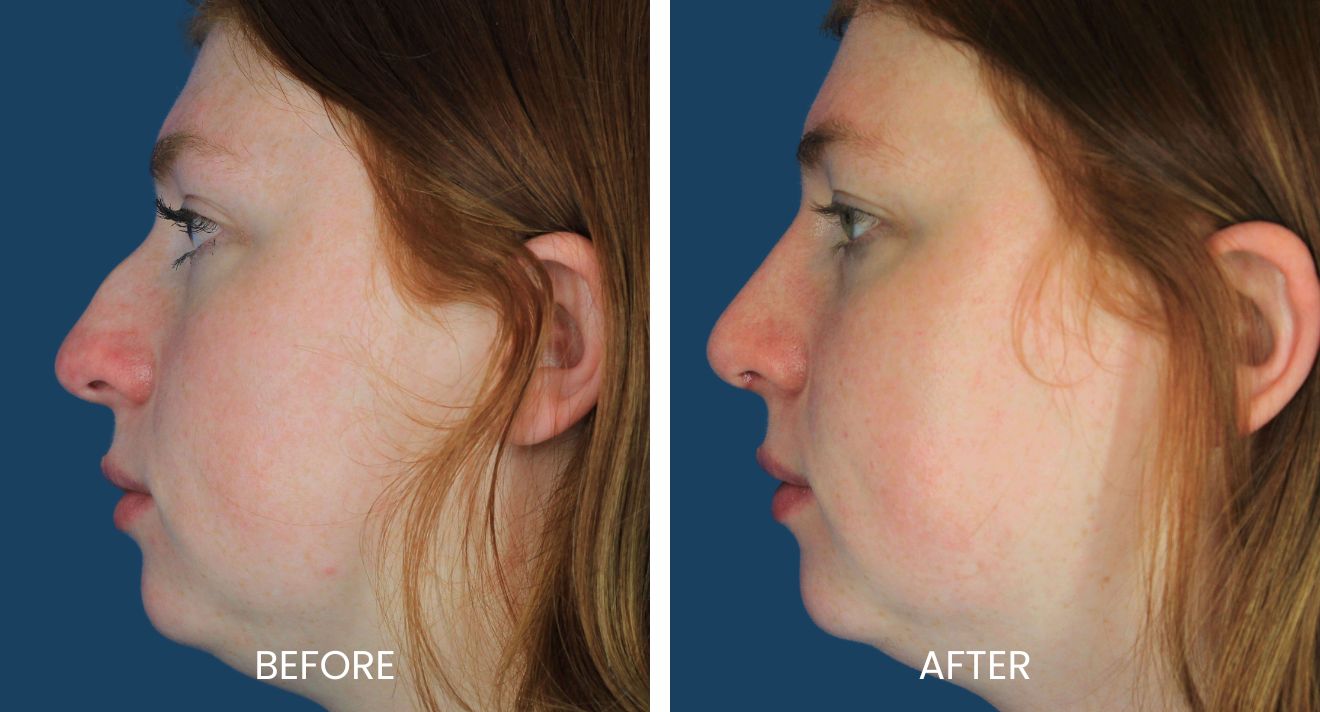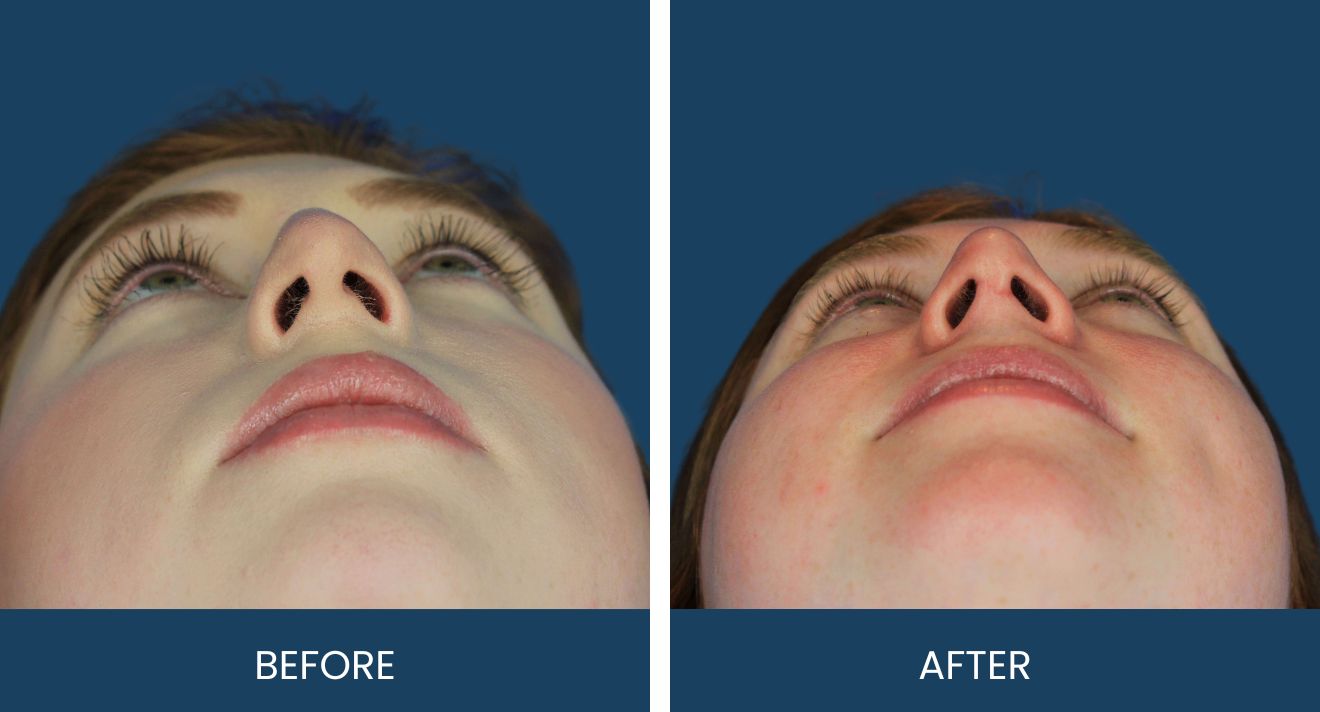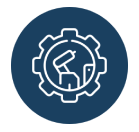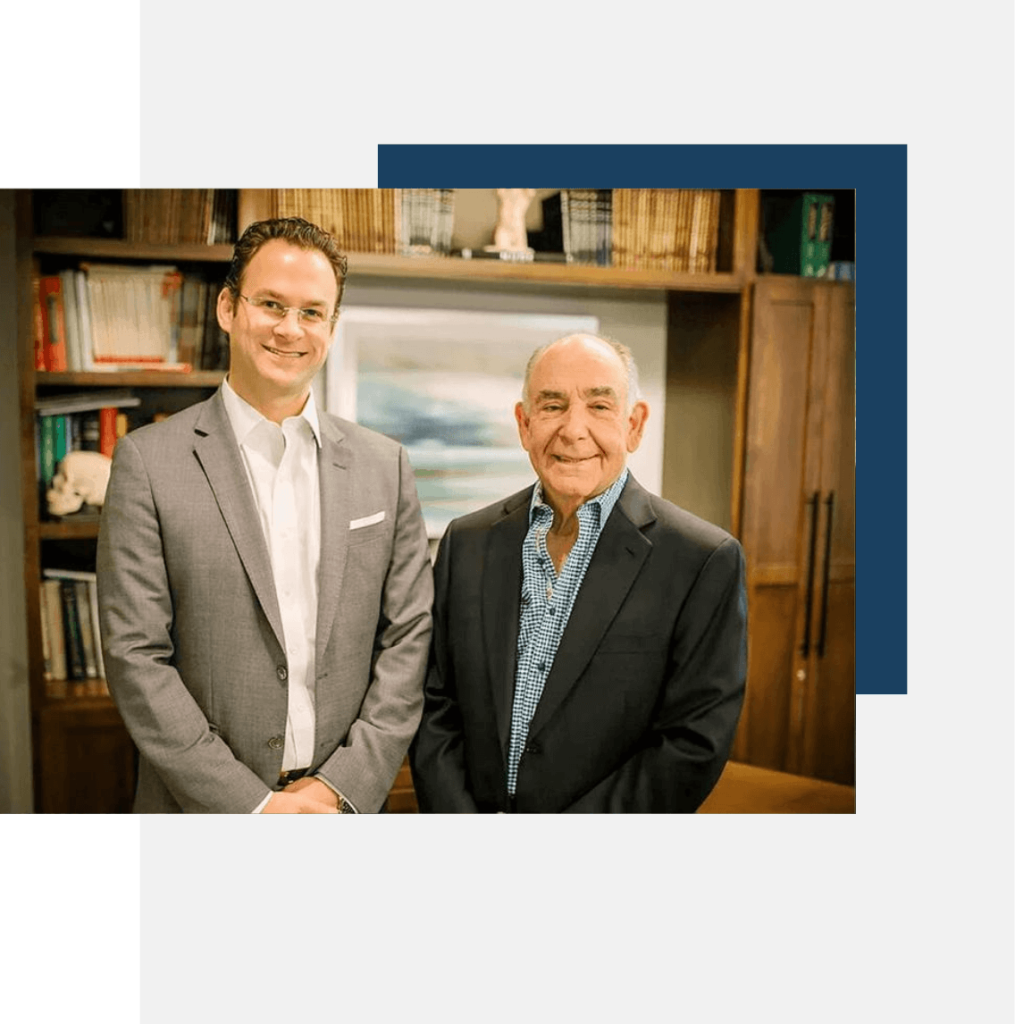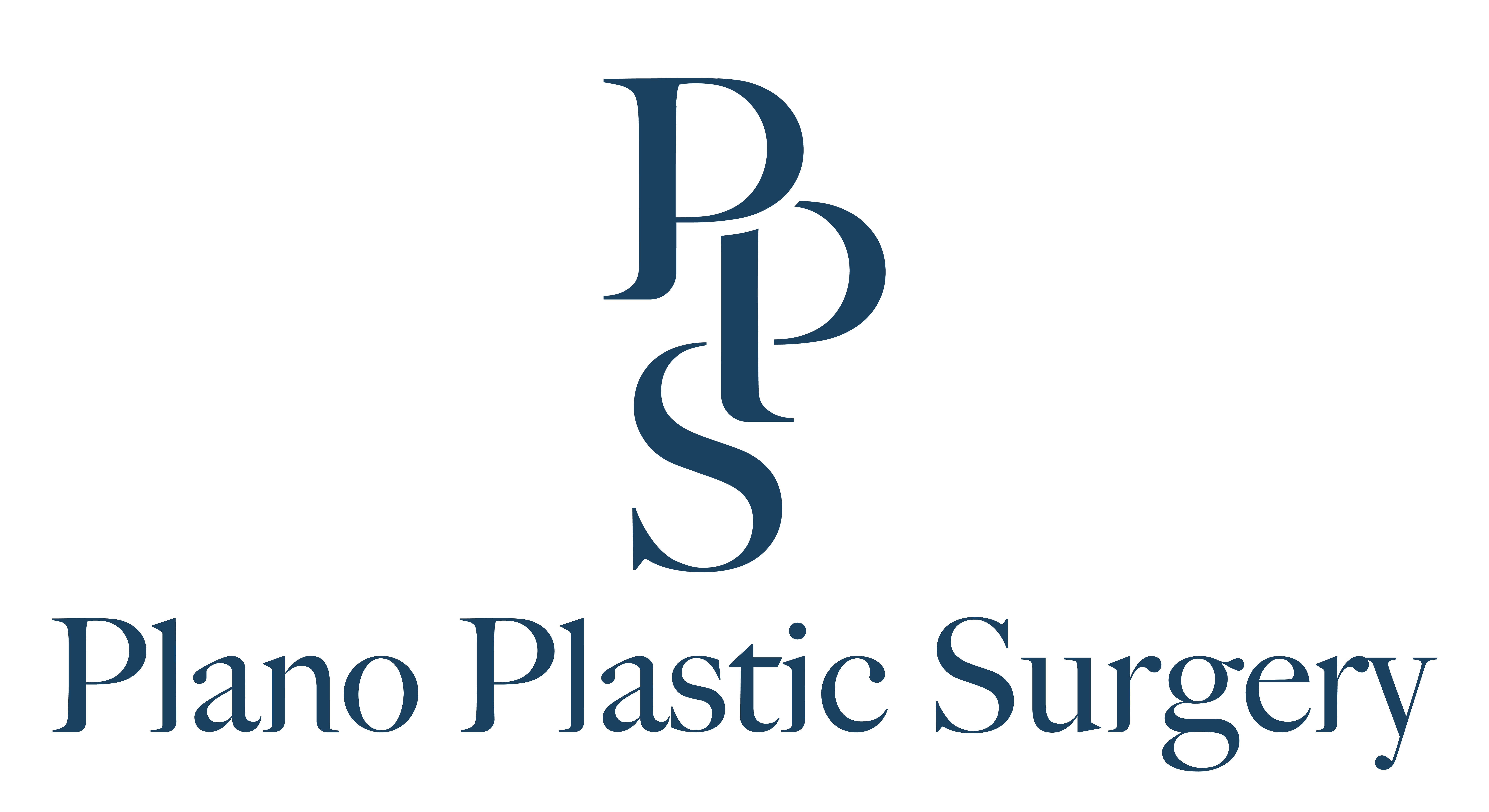- Breast
- Body
- Face & Neck
- Gallery
- Forms
- About Us
- Shop
- Our Surgeons
Tummy Tuck
Reverse Tummy Tuck
Brazilian Tummy Tuck
Mini Tummy Tuck
Umbilicoplasty
Power-Assisted Liposuction
360 Body Liposuction
360 Body Lift
Buttock Lift
Banana Roll Lift
Brazilian Butt Lift
Thigh Lift
Brachioplasty
Bra Line Back Lift
Labiaplasty
Gynecomastia
Mommy Makeover
Weight Loss Surgery
Face Lift
Neck Lift
Z-plasty Neck Lift
Platysmoplasty
Neck Liposuction
Chin Augmentation
Upper Blepharoplasty
Lower Blepharoplasty
Upper Lip Lift
Lip Augmentation
Lip Commissuroplasty
Rhinoplasty
Tip Rhinoplasty
Facial Fat Transfer
Earloabe Plasty
Otoplasty
Brow lift/ Forehead lift
Breasts
Breast Augmentation
Breast Aug with Lift
Breast Lift
Breast Reduction
Breast Revision
Body
Tummy Tuck
Reverse Tummy Tuck
Liposuction
Weight Loss Surgery
Arm Lift
Back Lift
Butt Lift
Brazilian Butt Lift
Gynecomastia
Mommy Makeover
Labiaplasty
Face
Facelift
Neck Lift
Rhinoplasty
Brow lift / Forehead lift
Platysmaplasty
Blepharoplasty
Otoplasty
Bichectomy
Lip Lift



